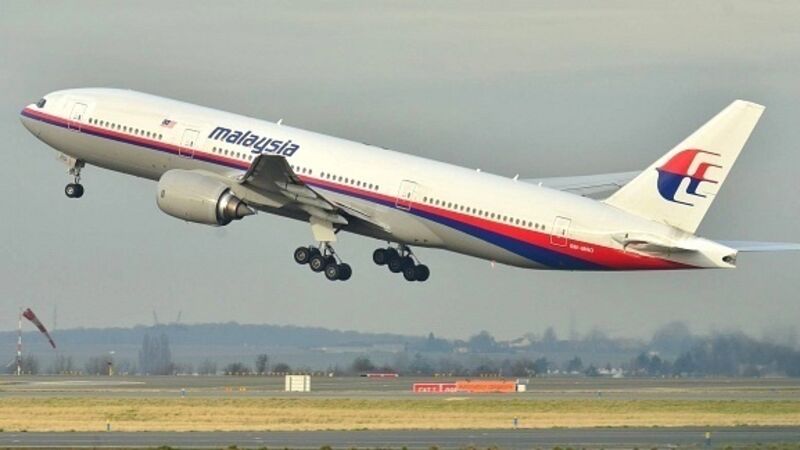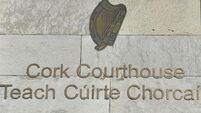Malaysians doubtful plane targeted by terrorists

Neither the Malaysian agency leading the investigation locally, Special Branch, nor spy agencies in the United States and Europe have ruled out the possibility that militants were involved in downing the aircraft, which suddenly disappeared while flying at 35,000 feet en route from Kuala Lumpur to Beijing.
However, Malaysian authorities have indicated that the evidence so far does not strongly back an attack as a cause and that mechanical or piloting problems could be explanations for the apparent crash, the US sources said.














